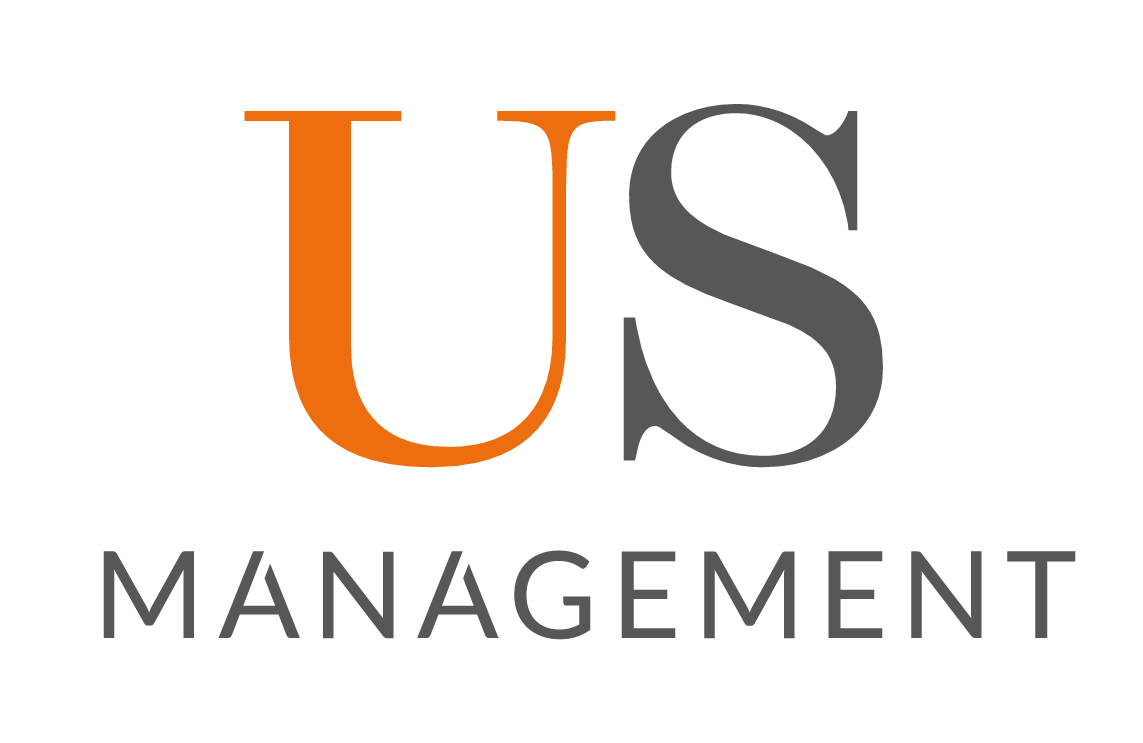
Past Project Overviews and Outcomes
At Management and Engineering Group US, we pride ourselves on delivering innovative, data-driven solutions that drive success in the ever-evolving global industry. From OEMs to suppliers, our expertise spans across the entire value chain, helping our clients achieve operational excellence, innovation leadership, and sustainable growth.

Why Partner with Us?
-
Industry Expertise: With deep roots in automotive and engineering, we provide actionable insights to streamline production, boost efficiency, and enhance your value stream.
-
Leadership in Action: We don’t just advise—we step in, lead from the front, and implement change that delivers rapid results.
-
Customized Solutions: From supply chain optimization to process turnaround, our strategies align with your unique operational demands.
Stabilizing Production and Restoring Efficiency
Client: OEM Automotive Supplier
Challenge:
-
The automotive supplier lost credibility with its largest customer due to significant delays and inefficiencies.
-
With a 40% revenue backlog, production was unstable, and the risk of a production fallout at the customer's assembly line was high.
-
Daily crisis management calls and meetings further created an unhealthy environment for both customer and employees.
Key Issues:
-
Frequent daily priority changes due to no fixed production plan.
-
Raw material shortages from suppliers, caused by daily changing priorities.
-
Lack of communication between departments, leading to inefficiencies.
-
Just-in-time delivery based on the exact sequence required by the customer on the same day, increasing the risk of production stoppages at the customer’s assembly line if parts were not available.
Actions Taken:
-
Production Planning: Implemented a frozen 4-week rotating production plan (frozen demand), updated every Thursday for the following week, to bring stability and predictability.
-
Daily Coordination: Established 15-minute daily alignment meetings via Teams to coordinate activities across departments, followed by a 15-minute "morning market" meeting on the shop floor to prioritize production based on "frozen demand".
-
Production Lead Time Buffer: Set a target to produce parts 3 days ahead of the customer’s required sequence to reduce the risk of production fallout and to ensure smoother, more reliable deliveries.
-
Data-Driven Monitoring: Used PowerBI tools with daily downloads from SAP to track demand and productivity, ensuring real-time adjustments and better communication across teams.
Outcome:
-
Stabilized Production: Achieved production balance within 3 months and exited crisis management in 6 months.
-
Revenue Backlog Reduction: The backlog with the customer decreased from 40% to under 8%, significantly improving financial alignment and production flow.
-
On-Time Delivery Enhancement: Shifted from delivering parts according to the customer's immediate sequence to producing parts 3 days ahead, thus reducing risks such as no production, raw material shortages, and daily priority changes.
-
This buffer improved communication between departments and ensured continuous production at the customer's facility without disruptions.
Loss of Profitability
Client: OEM Automotive Supplier
Challenge:
-
The customer lost profitability over the last two years, prompting the need for an in-depth analysis to identify the root causes.
-
The main reason for the decline was that material costs had increased over the past four years, but sales prices had not adjusted accordingly.
Key Issues:
-
Material Cost Increases: Significant rises in raw material costs without corresponding increases in sales prices.
-
Stagnant Pricing Strategy: Sales prices remained unchanged, unable to offset rising production and material costs.
-
Supplier Negotiation Gaps: Lack of renegotiation with suppliers to adjust for material price fluctuations.
-
Production Inefficiencies: Potential inefficiencies in manufacturing processes or the supply chain causing increased operating costs.
-
Overhead Costs: Rising overheads (e.g., labor, energy, logistics) that were not addressed or passed through in product pricing.
-
Demand Variability: Fluctuations in customer demand impacting economies of scale and overall production efficiency.
-
Currency Exchange Rates: Potential impact of unfavorable exchange rates affecting material sourcing costs, especially effect the materials are imported.
-
Contractual Constraints: Long-term contracts with fixed pricing, preventing timely adjustments in sales prices.
-
Margin Erosion: The shrinking gap between the cost to produce the product and the price at which it was sold, causing profitability to decline.
Actions Taken:
-
Data Analysis: Conducted a thorough analysis of the cost structure, focusing on material cost changes over the last four years.
-
Cost Breakdown Analytics: Broke down production costs to identify areas of concern and where inefficiencies were leading to cost overruns.
-
Sales Price Review: Examined historical sales price trends and contractual limitations preventing price adjustments.
-
Supplier Negotiations: Initiated negotiations with key suppliers to adjust pricing or find alternative suppliers to manage material cost increases.
-
Lean Process Improvements: Implemented lean manufacturing tools to identify and reduce production inefficiencies that were contributing to cost increases.
-
Profit Margin Monitoring: Established better monitoring systems using PowerBI to regularly track profit margins and costs, ensuring early detection of potential profitability issues.
Outcome:
-
Improved Profit Margins: Adjusted sales pricing by 10% in average with the main customer in 9 months because of clear data present to the customer. The better align with material cost increases, resulting in stabilized profit margins.
-
Material Cost Reduction: Successfully renegotiated supplier contracts and found cost-effective material alternatives, reducing material costs in average 8%.
-
Increased Operational Efficiency: Lean improvements streamlined production, reducing inefficiencies and lowering overhead costs by in average 11%.
-
Data-Driven Decision Making: PowerBI dashboards were installed for continuous tracking of profit margins and cost structures, providing better foresight and decision-making across all departments.

